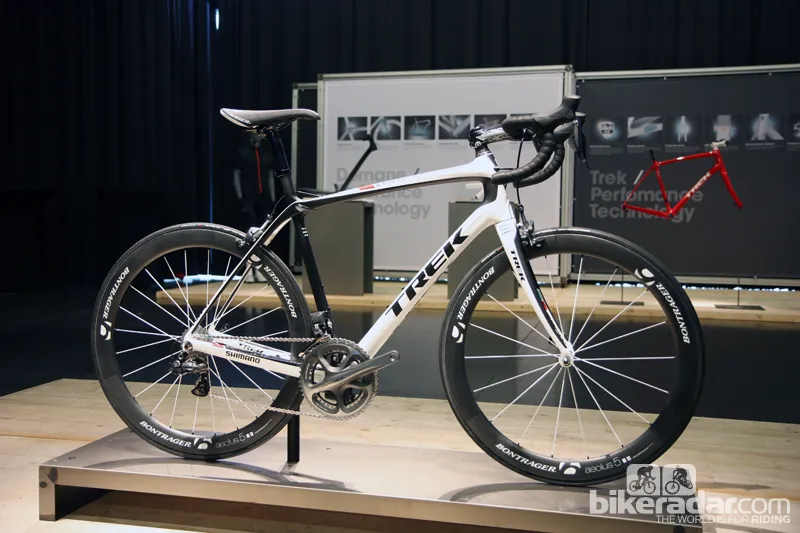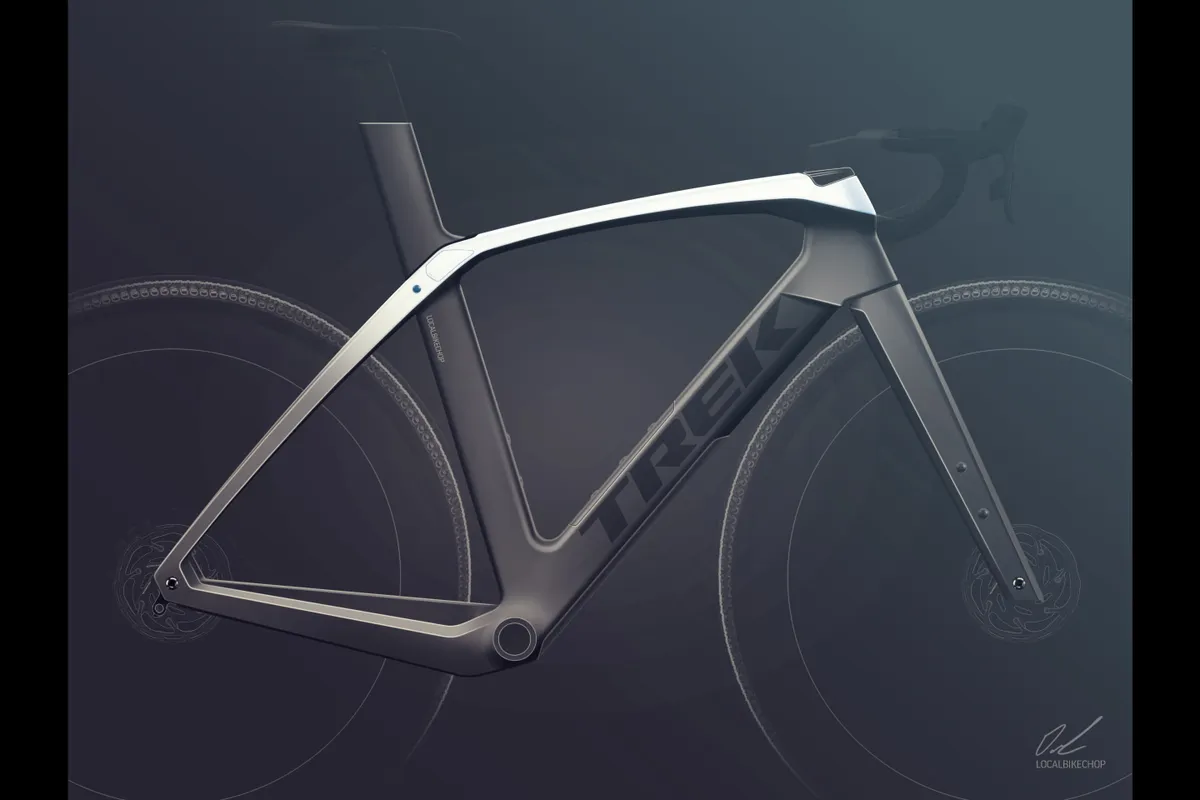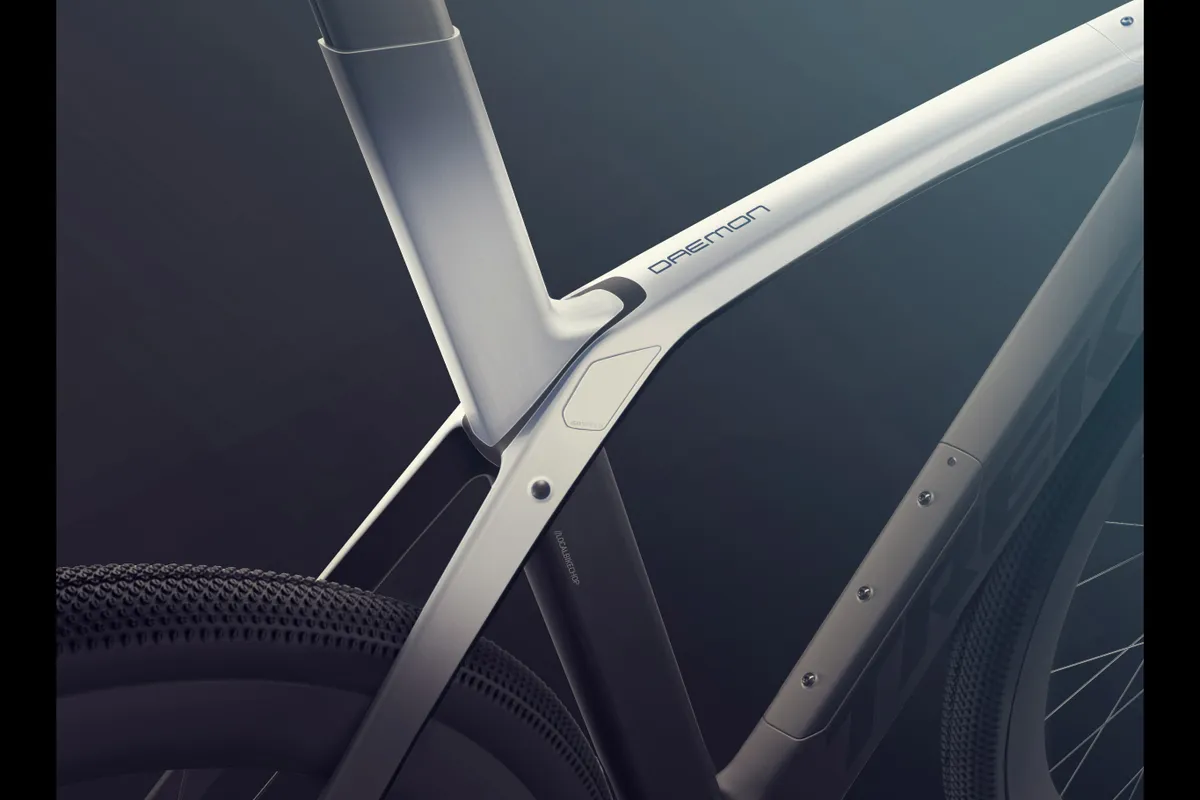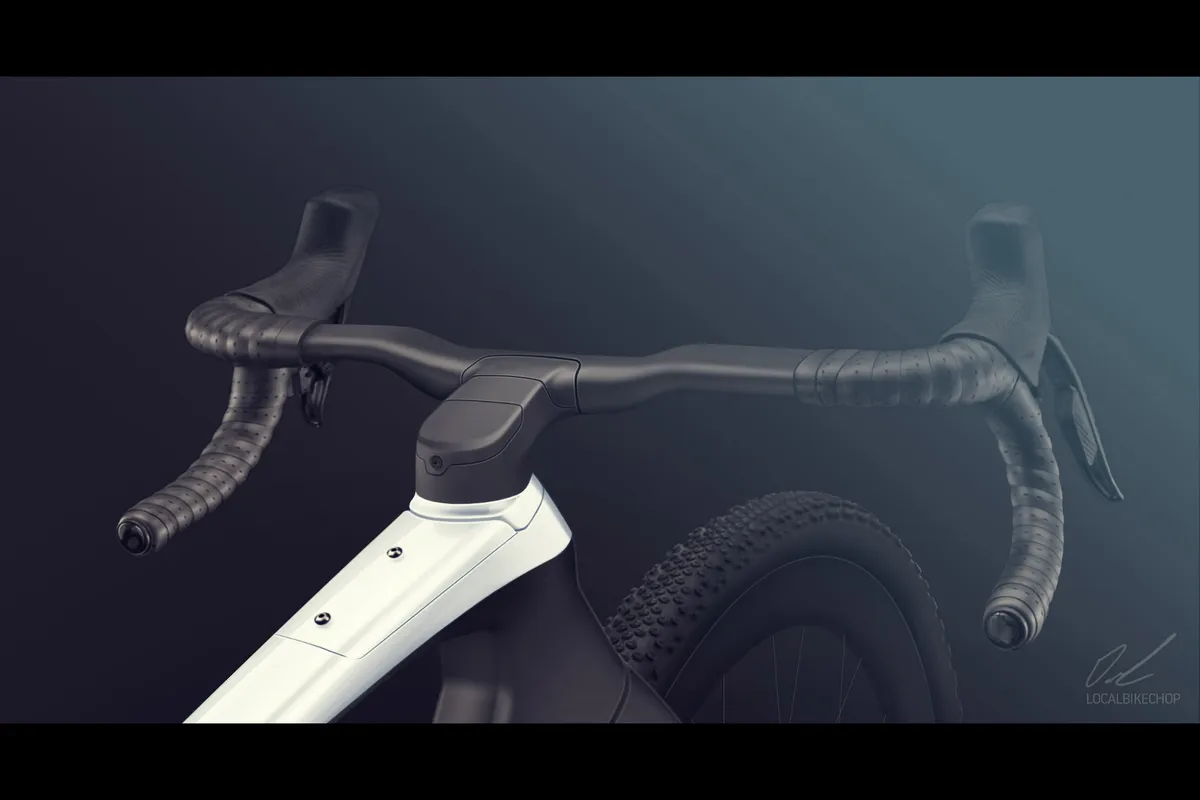Trek is known for its anagrammatic bike names, having followed up the original Madone with the endurance Domane and the lightweight Emonda. We’ve run with the concept to imagine where it might lead next.
The Trek Madone was first launched in 2003 and is named after the Col de la Madone, the famous climb in the south of France that a certain Lance Armstrong used to test his Tour de France form. That seems perfectly reasonable.
When Trek launched its Domane endurance bike in 2012, keen-eyed observers noticed that the name was an anagram of the pre-existing model. The bike maker claimed, among other things, that Domane means “king’s crown” in Latin, a somewhat dubious assertion that I’m unable to verify.

Then Trek did it again, launching the lightweight Emonda in 2014, this time not pretending that the name was anything other than a made-up word.
Here we are in 2019, and the only remaining anagram that looks remotely viable to us is “Daemon”.
We commissioned industrial designer Daniel Gunnarsson (@localbikechop), who has previously shown us his vision of the bikes of the future, to imagine what the Daemon might look like based on current trends, and this is what happened.
Editor’s note: At the time of writing, the Trek Daemon does not exist. The design here was created as a collaboration between BikeRadar and Daniel Gunnarsson only. Trek was not involved and does not endorse this project in any way.
Meet the Trek Daemon, an aero gravel monster

The Daemon is a mashup of all the major trends in current drop-bar bike design and it draws heavily on Trek’s existing range.
Its frame strongly resembles that of the aero Madone, but Gunnarsson has tweaked the geometry to create clearances big enough to take 700 × 47mm or 650b × 50mm tyres (or 700 × 40mm with mudguards) by slightly lengthening the rear end and increasing the axle-to-crown measurement of the fork.
The frame is beefy to match the beefy tyres, and the Madone’s distinctive transition from fork crown to down tube now cuts right across the latter, adding a distinctive visual element.
By dropping the driveside chainstay, Gunnarsson has managed to make the rear-end almost as short as that of the Madone, despite the huge tyres.

The concept bike is meant to be an all-road machine and so it uses Trek’s IsoSpeed comfort tech at both ends, just like the current Domane.
To create a riding position suited to gravel without compromising on aesthetics, the Daemon features a fully integrated cockpit with a riser drop bar reminiscent of those offered by Specialized on bikes such as the original Venge ViAS, albeit with flared drops as found on many existing gravel bikes.

The drivetrain is 1×12 with the option to fit a front derailleur and — it almost goes without saying — the Daemon has disc brakes.
The Daemon is somewhat more practical than your typical aero bike, with mounts for cages, mudguards and other accessories peppering the frame and fork.
There’s also built-in storage, both in the down tube beneath the bottle bosses and immediately behind the stem.
Would you ride a Trek Daemon? Let us know in the comments how you’d design your fantasy bike and whether you think our version will be launching any time soon.
